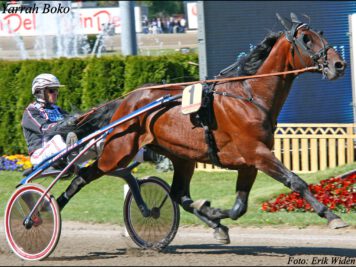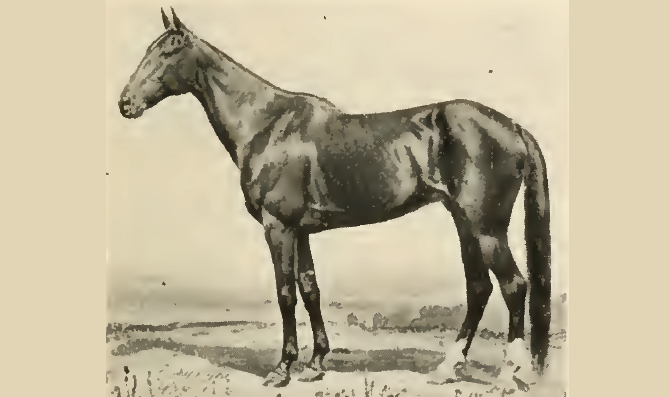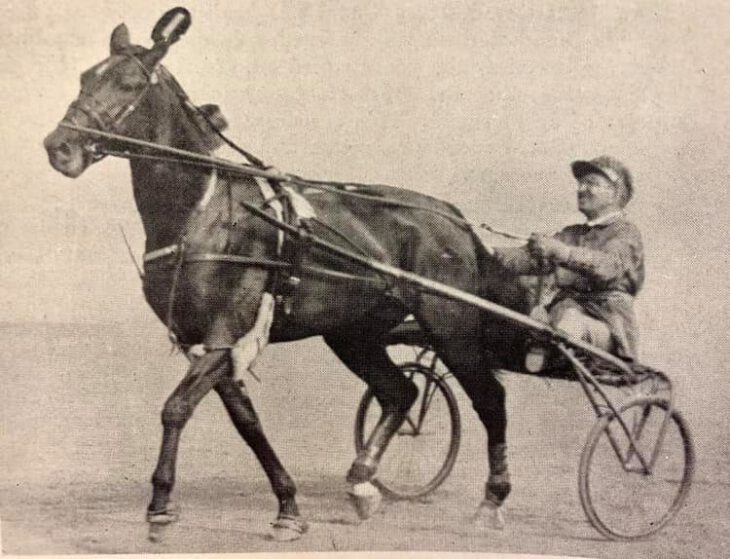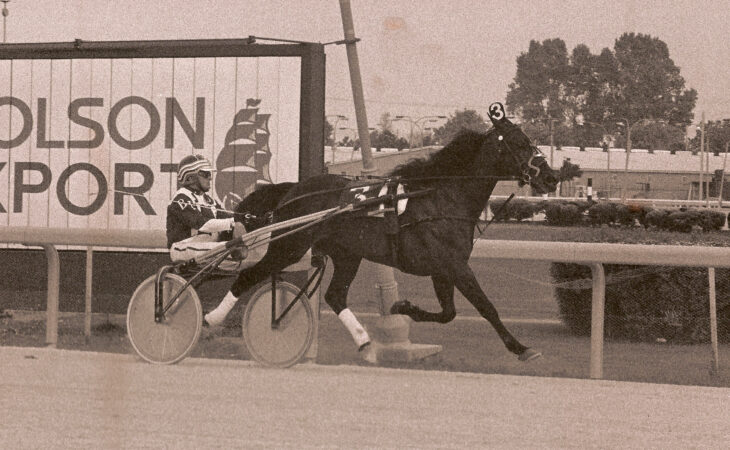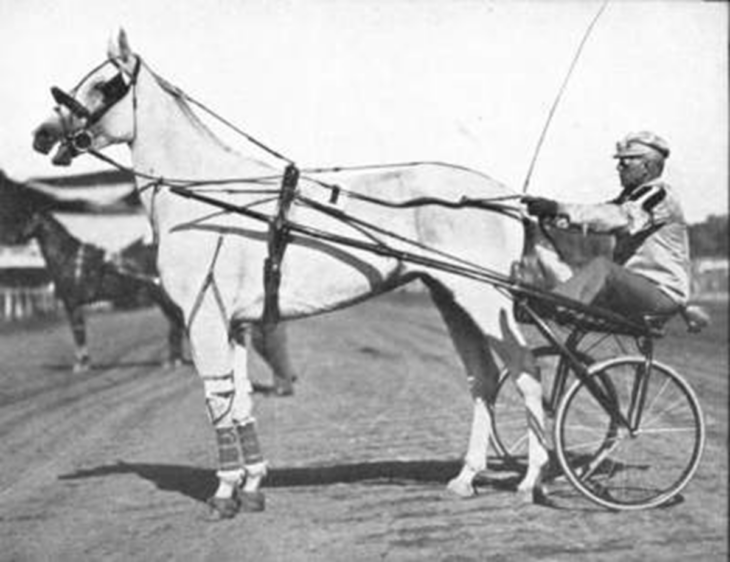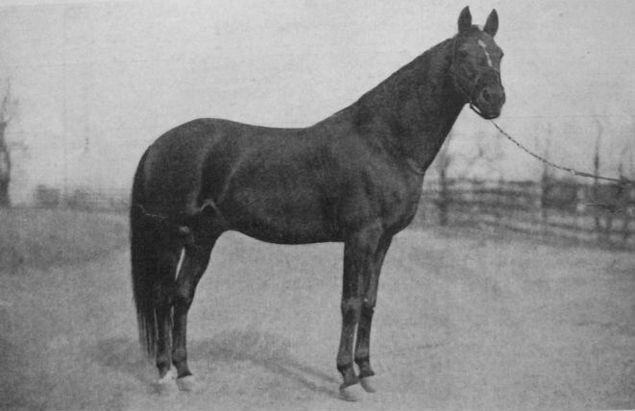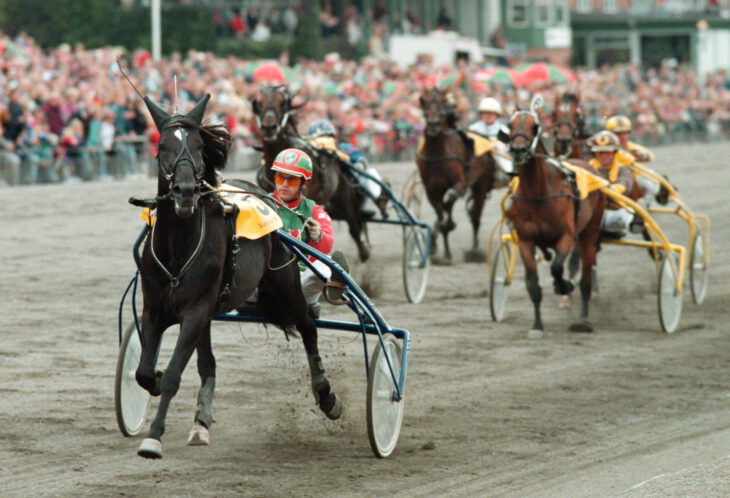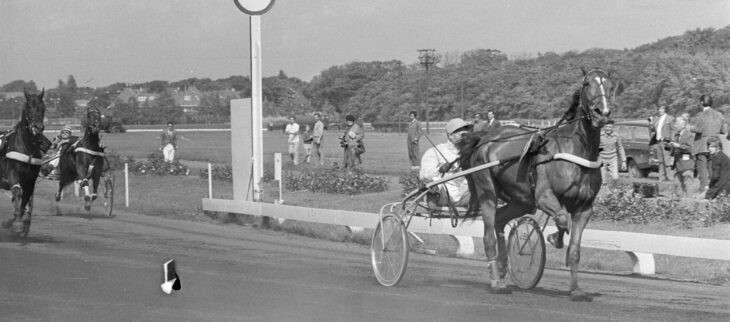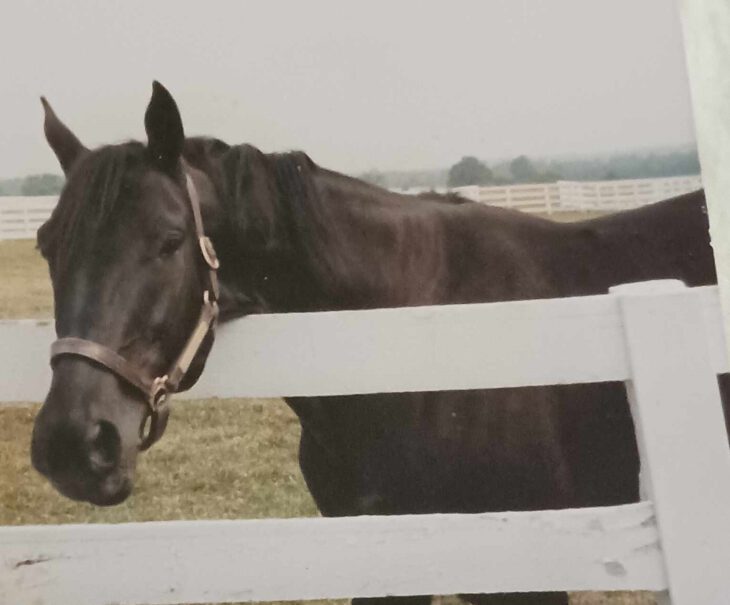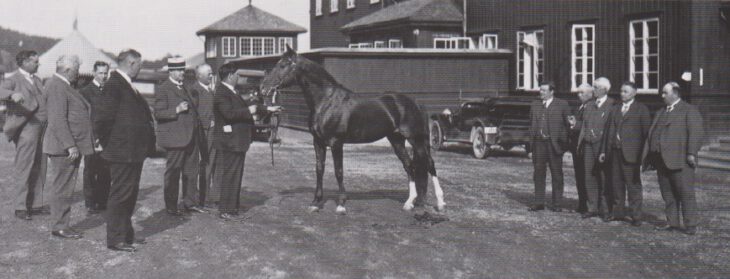He was the milk horse who turned into a world champion, but was treated badly as he was a tough cookie. Because of the treatment he received St Julien hated his trainer and driver, but the duo still worked well enough together to lower the world record three times.
Read More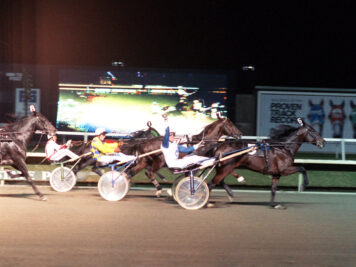
The race of the century
He won one of the most prestigious races of all time, then retired to become an elite stallion. His performances in Europe in...
Read More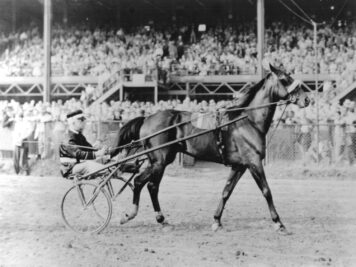
The day the music died
When Greyhound, by many regarded as the best trotter of all times, retired, his owner, EJ Baker, was looking for other...
Read More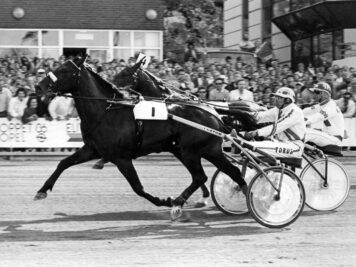
The king of Norway
Throughout history there have been a few select horses that have singlehandedly increased the interest in harness racing and...
Read More
The California wonder
The first world champion bred in California, Occident came out nowhere in the early 1870s and tied Goldsmith Maid’s...
Read More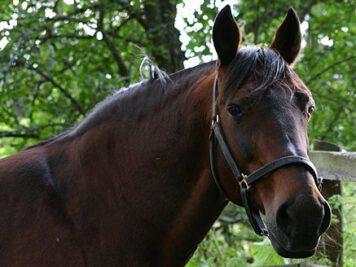
The mythical kick
When Juhani Lagerstam started the Laukko trotting stud farm at Vesilahti in Finland he needed a few stallions to use on his many...
Read MoreHe was designated as a wedding gift to circumvent export restrictions after WWII, then caused despair when he refused to train. In stepped Count Orsi Mangelli to restore Mighty Ned’s career, starting a fantastic turnaround that lead to two Prix d’Amerique-wins and a reputation as one of the best American imports in Europe ever.
Read MoreAsk somebody to name a horse with 30 straight wins and they will probably be able to do so: pacing fans will probably answer Bret Hanover, French and European trotting fans will probably answer Tenor de Baune while Coldblood enthusiasts will undoubtedly bring up Järvsöfaks. Most likely only Canadian trotting fans bring up A Worthy Lad, whose exploits unfortunately have already started to be forgotten.
Read MoreThe gray mare Molly J was 3/4 thoroughbred, but her daughter Mary Bales was a trotter like her sire Montjoy. In fact, Mary Bales turned out to be one of the best trotters in Circleville, Ohio for her owner Jesse Jones. When her racing career was over, Jones gave the mare to Zack Brewer. The new owner bred her to Zombro and in 1905 she gave birth to the pacing mare Zombrewer. The grey mare was an excellent racehorse and an even better broodmare.
Read MoreHe is a Hall of Fame sire and one of the initial stallions at Hanover Shoe Farms, who owned 31 broodmares by him upon his death. Though largely forgotten now, Dillon Axworthy was one of the best young trotters of his day – even as a yearling he showed a lot of speed – even though his manners were far from perfect. At stud he was even better and became a massively important stallion.
Read MoreHe was seemingly on his way to massive international stardom, but lady luck didn’t shine her light on Rudolf Le Ann. His owner died in a plane crash on the way to watch his beautiful black colt race, and two years later, as the colt appeared to be “better than ever,” he was struck with a life-threatening illness which set him back permanently.
Read MoreIt wasn’t just a win, it was humilating demonstration of supremacy. It was unthinkable really, that an – in North America – unknown French mare could not only defeat, but humiliate the trotter that according to the US fans was undoubtedly the best trotter in the world. However, Une de Mai at her best was nothing short of spectacular. The French queen could be fickle, however, and also lacked luck at times. This caused her to be the only French queen without a crown.
Read MoreHe was a star on the track before escaping death after a life-threatening infection. When an even more deadly disease took hold less than a year later, Mystic Park displayed “a will to live that is stronger than any I have ever encountered in a standardbred.” The colt would then go on to sire one of the best trotters the world has even seen.
Read MoreThe Norwegian Trotting association started to keep stallion records in 1928, and every year until 1936 the Kentucky-born chestnut stallion The Eno was the undisputed champion. However, the excellent trotter and stallion had a rough start on his career causing wanna-be comedians to suggest the horse shouldn’t be trotting but rather be touring with a circus.
Read MoreHe had to wait until he was almost 40 before he had enough money to buy a horse, and ended up with broodmares others didn’t want. Then he was refused to breed these mares to the stallions of his choice and had to settle for an untested and relatively cheap debut stallion. Despite all this, Charlie W Williams bred an undefeated superstar of his time in Axtell, who in turn sired one of the sport’s foundation sires.
Read More
